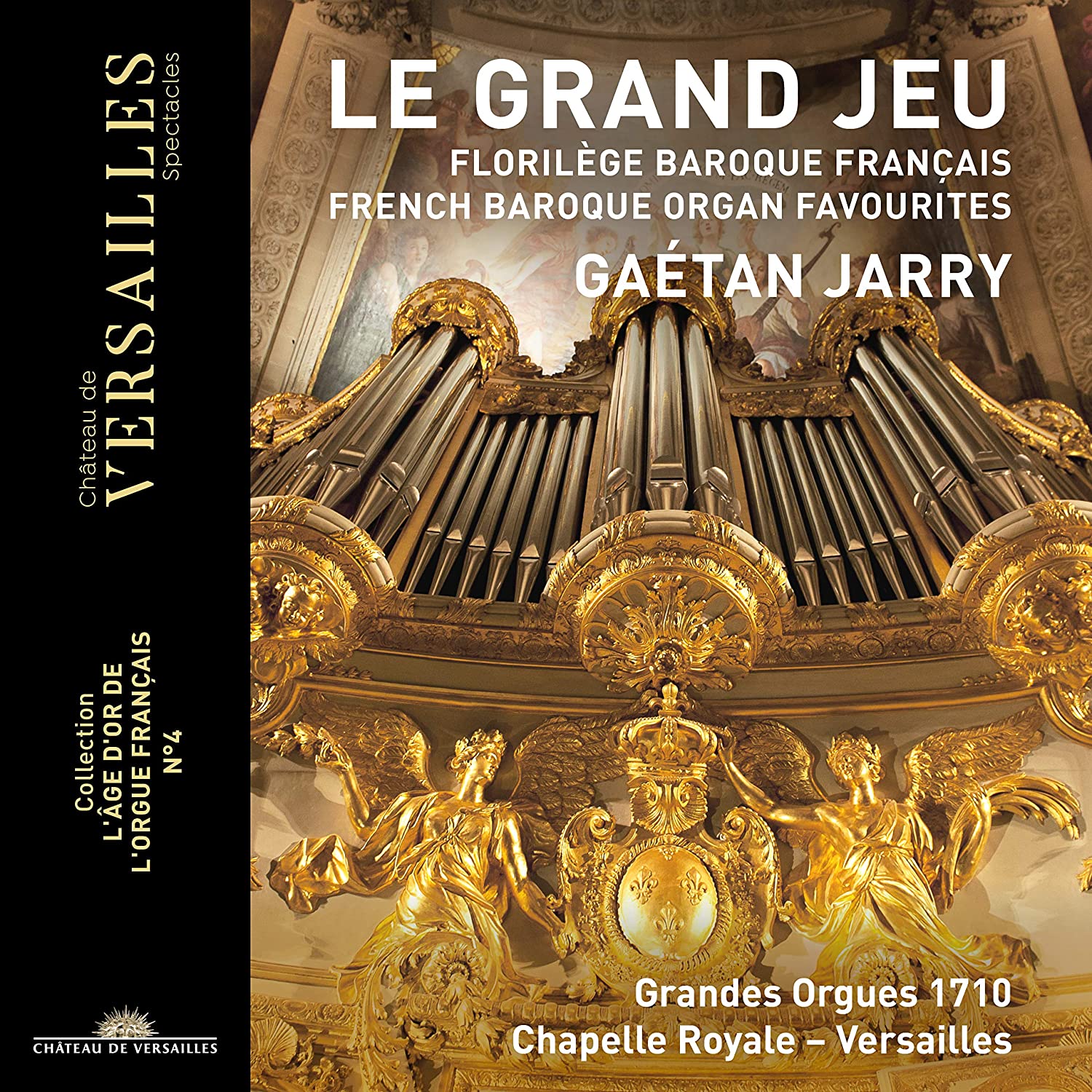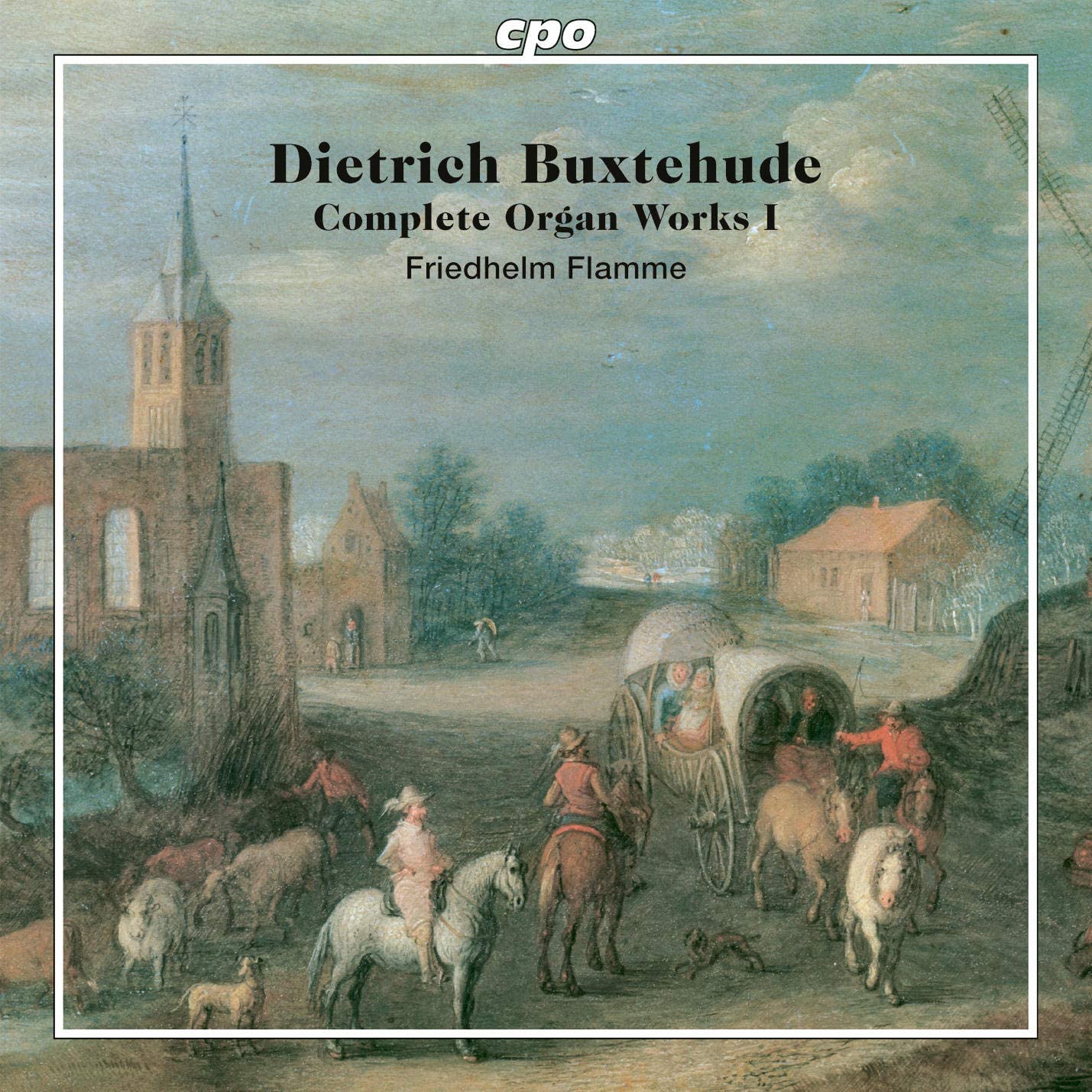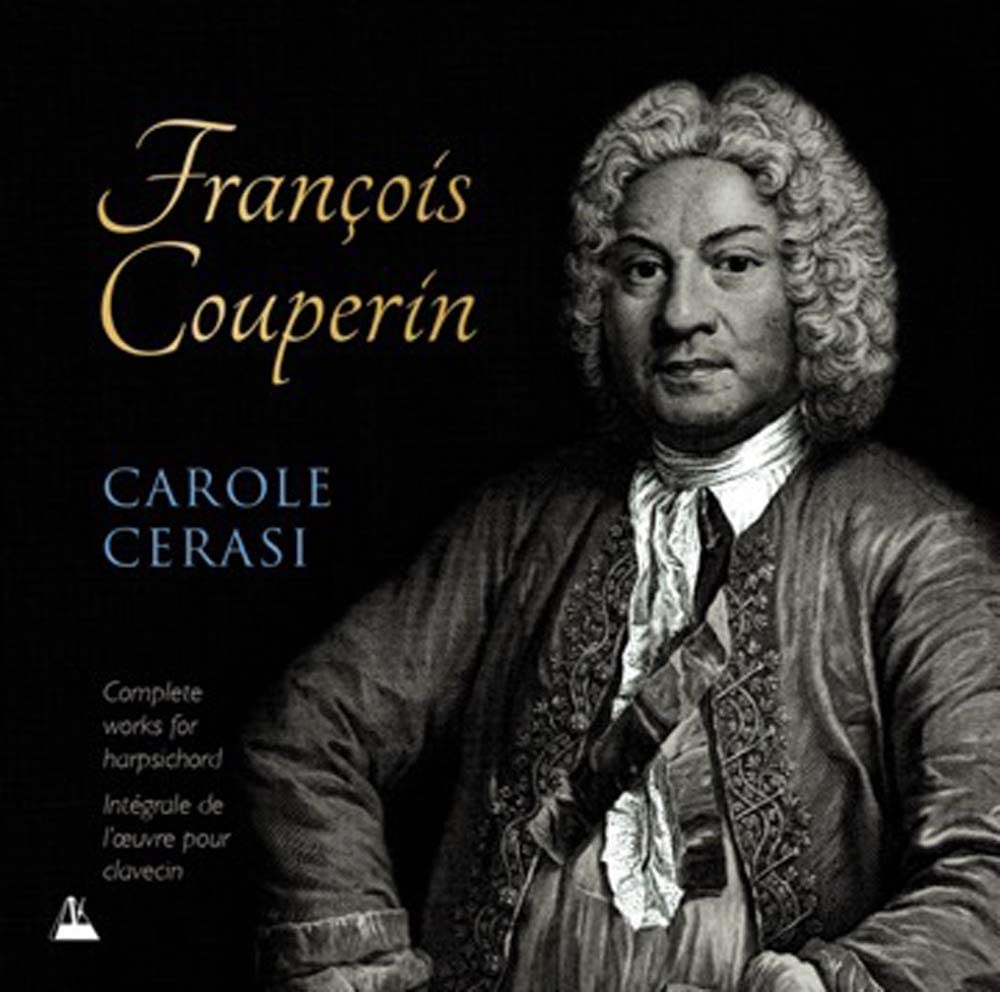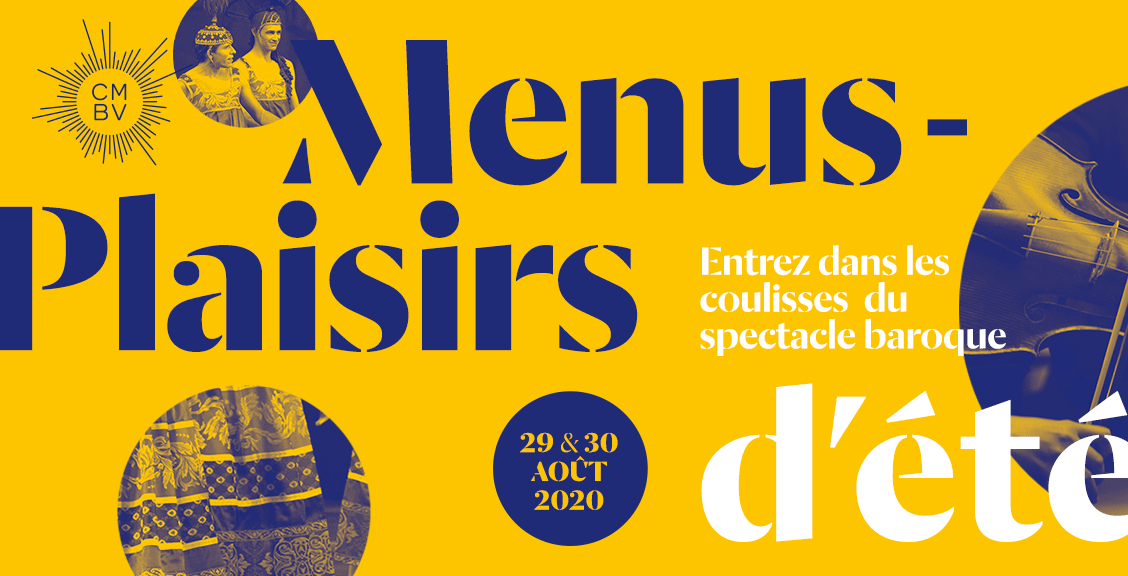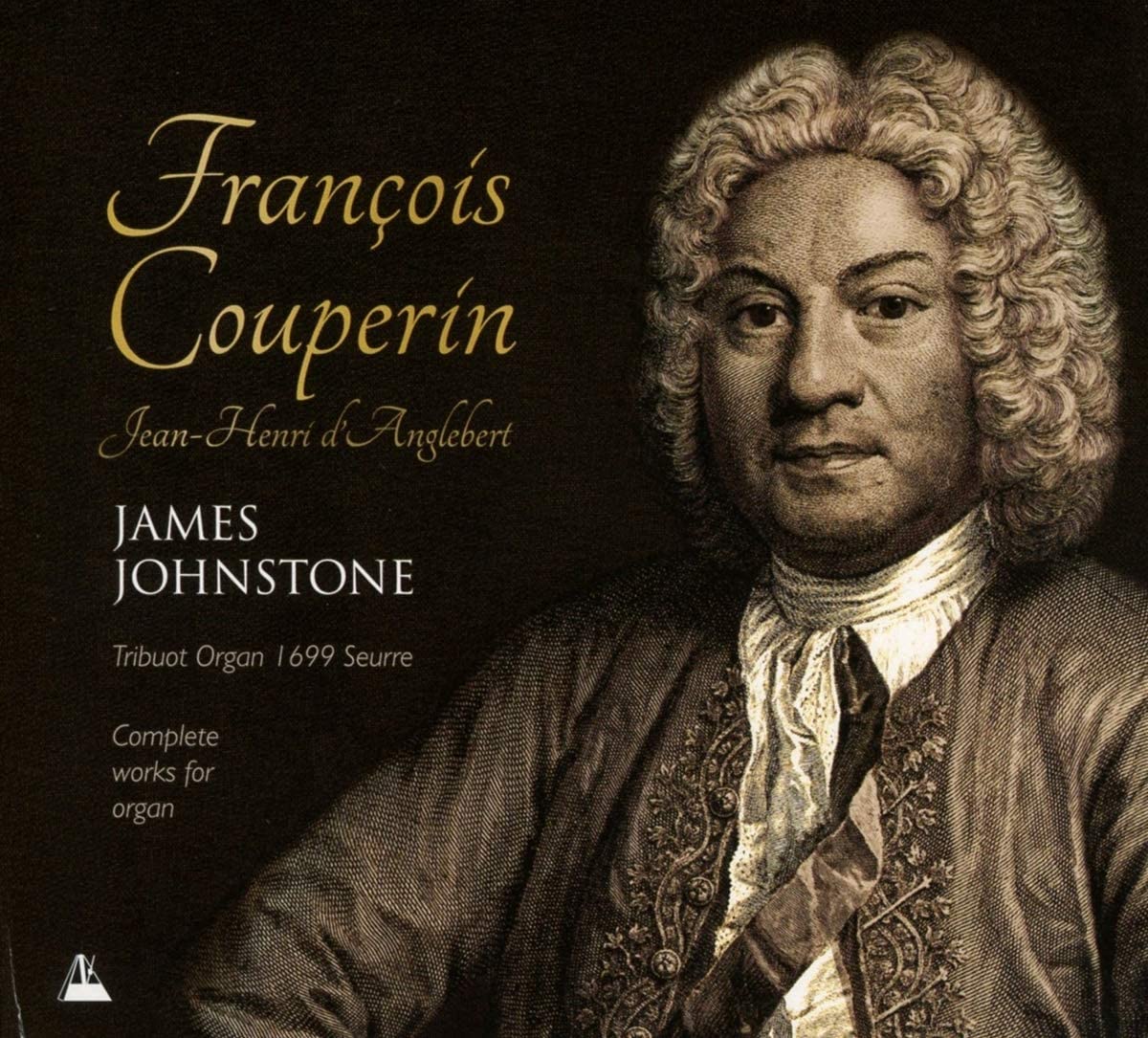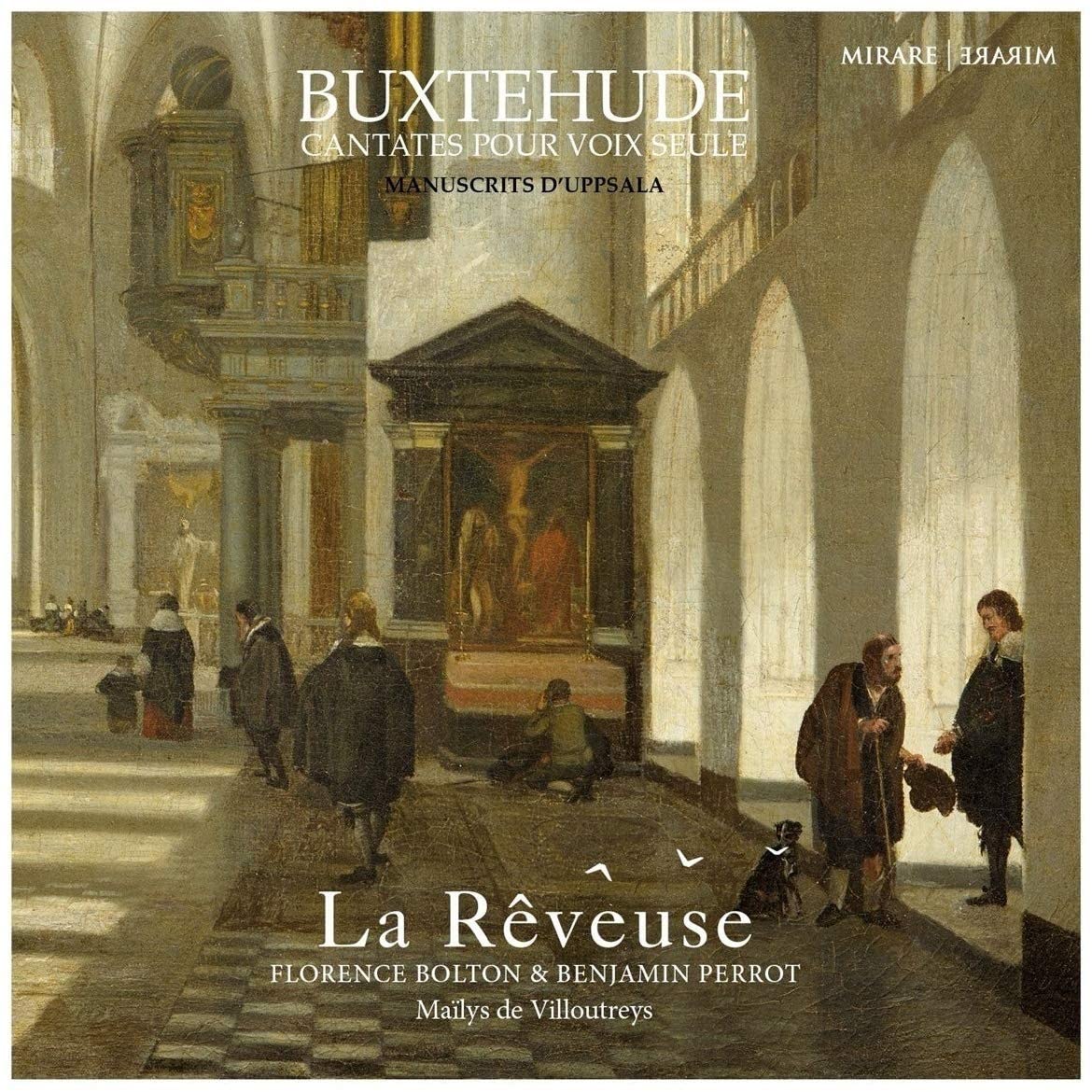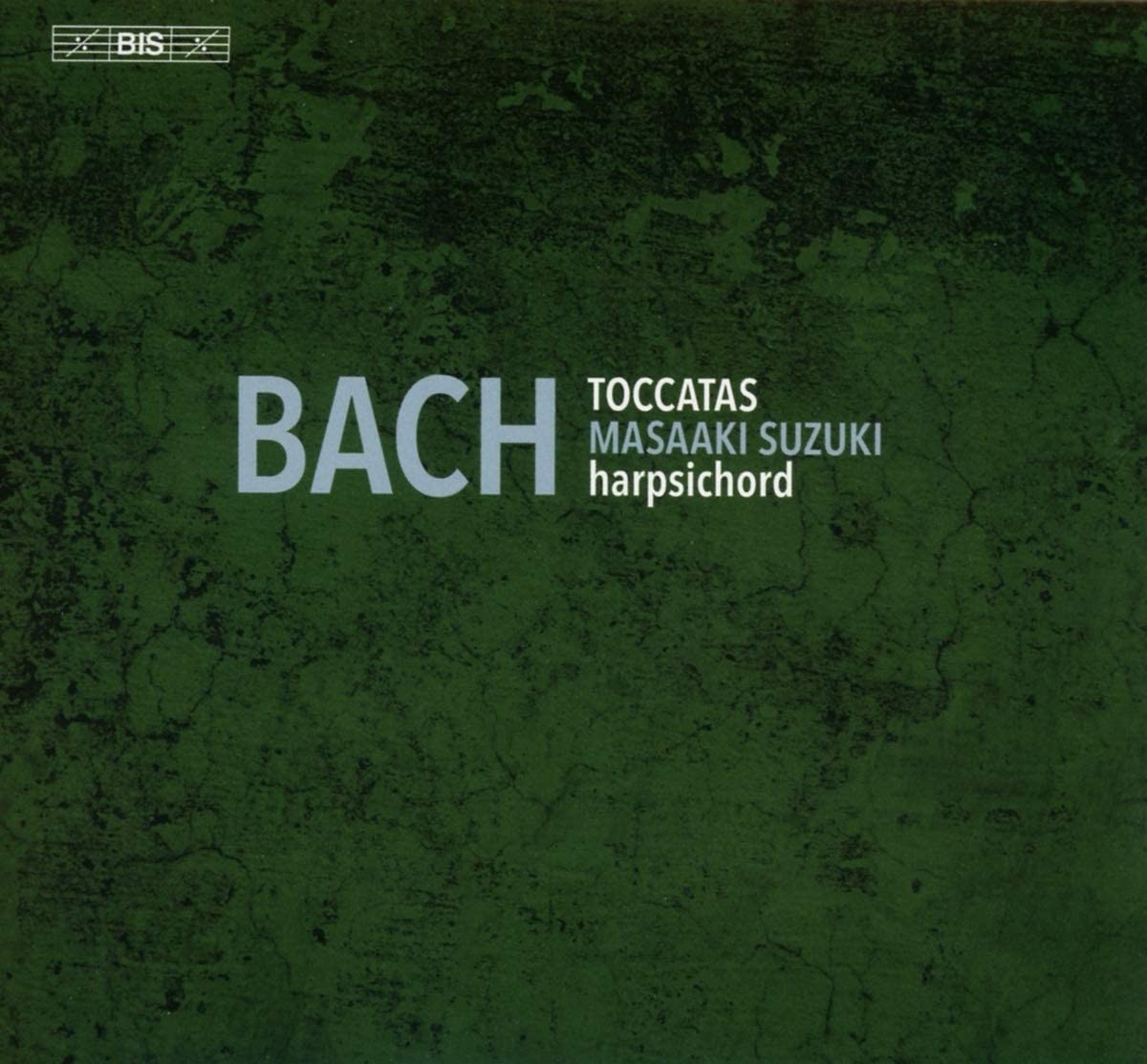Deutsches Museum Verlag, Volume 5, 2020
97pp, ISBN 978-3-940396-97-6 €19.95
This significant monograph details Chinaglia’s research into the making of a copy of the famous and only surviving Italian-style organo di legno in the Silberne Kapelle of the Hofkirche in Innsbruck, Austria. It was undertaken during a residency with the research group on ‘The Materiality of Musical Instruments: New Approaches to a Cultural History of Organology’, based in the Deutsches Museum in 2018.
When I was looking for an organo di legno for a number of performances of the Monteverdi Vespers this April in Lombardy, I was introduced to Walter Chinaglia. I knew that Italian music of that period needed a real organo di legno, with narrow-scaled open wooden pipes rather than the commonly available chamber organs based on a stopped 8’ flute, as I believed it would give more body and securer tonality for the singers and players alike with its unforced, singing tone. I was planning to perform with just eight singers and a minimal band, so the right organ was crucial. Alas, that project fell victim to the lockdown, but what I heard of his organs encouraged me enormously. Margaret Phillips has one in her collection at Milborne Port in Dorset, and there are a series of four youtube videos on his project – Duoi organi per Monteverdi, which I much recommend:
https://www.organa.it/monteverdi/
There you can hear what the unforced sound of the open principal wood pipes is like with voices.
Chinaglia has an interesting background. After a first degree in physics and five years of research in nonlinear optics, he set up his workshop Organa in 2001, and has been building organs and researching the history and making of historically informed instruments since. In I.3 (p. 18) of his monograph, Chinaglia sets out his philosophy: ‘I strongly believe that a perfect sound from a wooden pipe can only be achieved if it comes naturally from the newly built pipe, in one or two strokes: when mouth cut-up is wisely chosen and the wind-way is properly opened, no other adjustments being necessary (such as toe-hole regulation, or tricky positioning of the mouth cover).’ He is committed to following exactly the dimensions and cut-up of the Silberne Kapelle organ pipes, and the clear, unforced, singing tone that results. The pipe-feet are cut integrally with the pipe and are pyramidal, not turned and glued on later. There are split keys for D sharp and E flat, and G sharp and A flat, giving the most useful major thirds in E and B, while allowing for E flat major and F minor as well as C minor in the flat keys. There is an informative spectral analysis of the sounds of open and stopped pipes, and from metal as well as wooden pipes, and the whole is profusely illustrated by drawings and diagrams, as well as photos.
This project combines scholarship with pragmatic experience, the disciplines of physics and woodcraft (there is detailed analysis of the different ways in which to saw planks and the difference it makes), of historical research into the written sources of the period and organology today. As a record of this work in progress, its author should be congratulated on the comprehensive recording of every step and the Deutsches Museum on sponsoring such an important cross-disciplinary project in the service of us mere musicians, trying to re-create the sound-world – especially the vocal sound-world – that Monteverdi and his forbears, contemporaries and successors inhabited. Vocal production and the difference that the right organ accompaniment makes lags far behind the recovery of the sound-world of strings (both bowed and plucked), brass, flauti and cornetti. These organs will help us immeasurably.
David Stancliffe
The book is freely available online, but you can buy a copy directly from the publisher here:
https://www.deutsches-museum-shop.com/detail/index/sArticle/3925/sCategory/24


